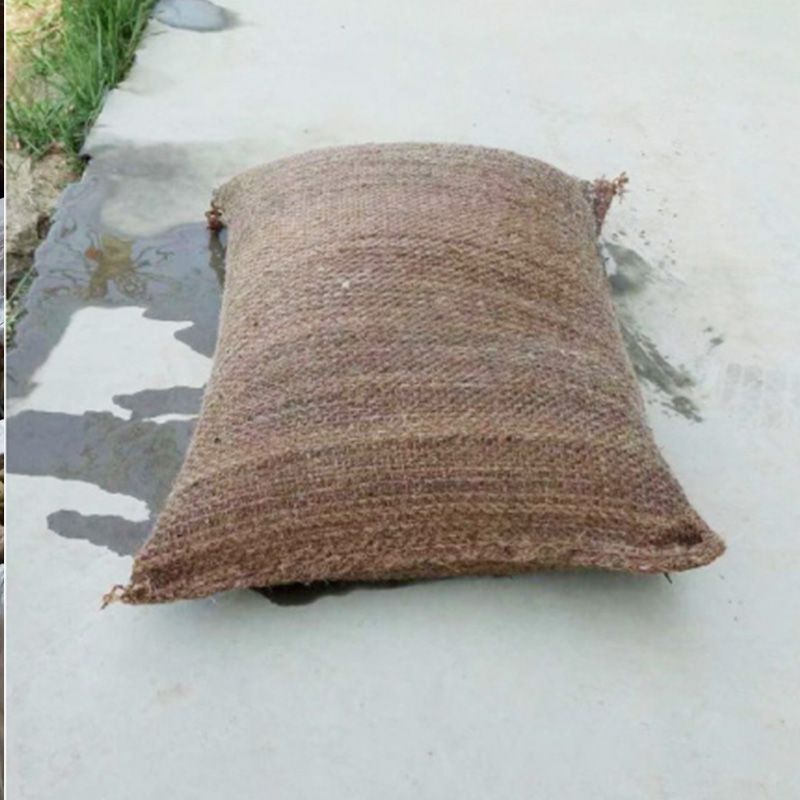Pouch Cell Production Equipment Supplier for Advanced Battery Manufacturing Solutions
The Role of Pouch Cell Manufacturing Machines in the Battery Industry
As the demand for advanced energy storage solutions continues to rise, the pouch cell manufacturing machine has emerged as a crucial component in the production of lithium-ion batteries. Pouch cells, recognized for their lightweight and flexible design, are widely used in various applications, including electric vehicles, portable electronics, and renewable energy systems. This article explores the significance of pouch cell manufacturing machines, their workings, and how manufacturers are evolving to meet industry demands.
Pouch cells consist of a flexible, sealed envelope that houses the battery components including the anode, cathode, electrolyte, and separator. This design offers several advantages over traditional cylindrical or prismatic cells, such as higher energy density, lighter weight, and enhanced thermal management. However, precise and efficient manufacturing processes are essential to ensure the performance and safety of these battery cells.
The process of manufacturing pouch cells involves several key stages, including electrode preparation, cell assembly, electrolyte filling, and sealing. Pouch cell manufacturing machines are designed to automate these processes, increasing production efficiency while minimizing the risk of contamination and defects.
Electrode preparation is a critical phase, where the anode and cathode materials are mixed, coated onto metal foils, and then dried to form thin, even layers. Advanced manufacturing machines use sophisticated techniques such as roll-to-roll processing to ensure uniformity and high throughput. This stage sets the foundation for the battery's performance, making machine precision vital.
pouch cell manufacturing machine manufacturer

Following electrode preparation, the assembly of pouch cells takes place. Here, pouch cell manufacturing machines integrate the electrodes and separator into a series of stacked layers. Automation in this stage allows for faster assembly, reducing the time it takes to produce each cell. This is particularly important as the industry pivots towards mass production to cater to growing market demands.
Once the cell assembly is complete, the next step involves filling the cell with electrolyte and sealing it securely. The sealing process is crucial for maintaining the integrity of the cell and ensuring that external elements do not compromise its performance. High-precision sealing machines are utilized to achieve hermetic seals that prevent leakage and degradation of the electrolyte over time.
The evolution of pouch cell manufacturing machines has been largely driven by technological advancements. Manufacturers are now integrating artificial intelligence and machine learning into their production lines, allowing for real-time monitoring and analysis. This data-driven approach helps identify and rectify issues promptly, leading to improved overall safety and quality control.
Moreover, sustainability is becoming a significant focus in the industry. Pouch cell manufacturing machines are increasingly being designed with eco-friendly practices in mind, such as reduced energy consumption and waste minimization during production processes. This shift not only benefits the environment but also aligns with global efforts to embrace greener technologies.
In conclusion, pouch cell manufacturing machines are integral to the future of the battery industry. As the world pushes toward renewable energy and electric transportation, the need for efficient, reliable, and eco-friendly battery production will only continue to grow. Manufacturers who invest in advanced pouch cell production technologies will play a pivotal role in shaping a sustainable energy future.
Share
-
The Best Lubricants for Aluminum Roller GuidesNewsJul.23,2025
-
Slitting Machine Applications in the Packaging IndustryNewsJul.23,2025
-
Rolling Roller Balancing Techniques for Smooth OperationNewsJul.23,2025
-
How To Optimize An EV Battery Assembly LineNewsJul.23,2025
-
Energy Efficiency in Modern Battery Formation EquipmentNewsJul.23,2025
-
Automation Trends in Pouch Cell Assembly EquipmentNewsJul.23,2025







